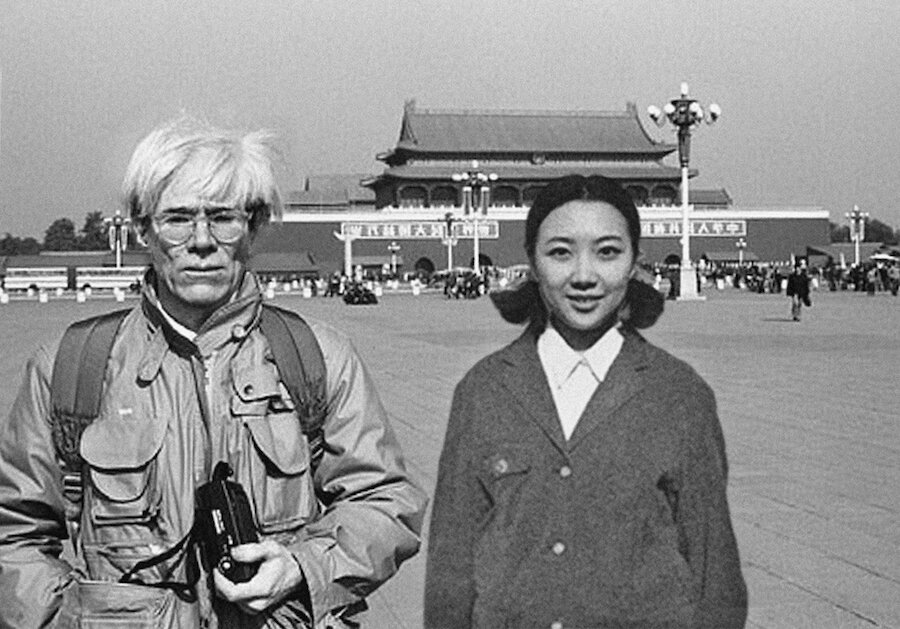Do I need an art history degree to collect art?
When you first look at an art work, a hundred different feelings pass through your mind – and the same amount of questions. Why do I like this, do I actually like this and, most problematically, am I right to like this? When you are looking to buy a work, the feelings and queries can end up feeling even more complex.
The news headlines of the prices artist can achieve nowadays has created an extreme thrill about buying art, particularly by younger artists. What if the work I’ve just bought is by the next Peter Doig? With this excitement comes anxiety. No one wants to get it wrong and feel like their lack of art historical knowledge will allow an expert to play them for a fool.
Fortunately, there is a simple set of guides you can follow to put yourself in a more confident position when buying.
First ask, who is the artist?
Do you know their name and where from - a museum, a famous gallery are the obvious places to associate credibility. Also look at alternative sources, such as on TV or in a magazines as well as where they studied at Art school; the Glasgow school of Art, the RCA, Dusseldorf School of Photography? Particularly when an artist is at the early stages of their career - Education, residencies, magazine features, and award are a great signifier for their credibility. Then, as a general rule, the more an artist has exhibited, usually the greater their stature. The type of venue an artist has shown in can tell you a lot.
In a study we conducted with 100 emerging artists, we found on average artists exhibited a minimum of 4 times a year, in their first four years, whether solo shows, group shows and artist run, consistency as well as quality is important.
How significant is the artwork?
For a contemporary piece, you might think about how well it reflects the world we live in and has a cultural relevance. This is a point where you might find yourself in a much better position to judge than an art expert. Cross over appeal is all important - use your knowledge of the ‘real’ world outside of art and you might be better placed to know if an artwork will remain relevant in the future.
Hearldica, Painting on Canvas by Felix Carr
Nubra II by Arthur Laidlaw
Now, perhaps the most nerve wracking aspect of buying the work
Is it the real thing?
The world is awash with stories of fakes and it’s the area that most people are scared of being caught out on. Always ask where the work has come from (‘the provenance’), has it been through a reliable source, such as a major auction house or a gallery that has represented the artist and is their reliable documentation to prove this. Is there a certificate from a good source such as the artist themselves? This is the time to ask a lot of questions and not to feel embarrassed about doing so. If something doesn’t feel right, say so.
Now lastly, the all important price. Ask yourself, honestly, does it feel like the right price for the work. If it seems expensive trust that feeling - and ask the seller to understand why its worth that much. You will begrudge even the smallest purchase if you feel like you are getting ripped off.
Of course, none of these can beat the old cliché; follow your eyes, your heart – and your head a little – and you won’t go too wrong.
If you’re interested in learning more about our artists exclusively in our viewing rooms, or the works featured in the article - You can find their details here



